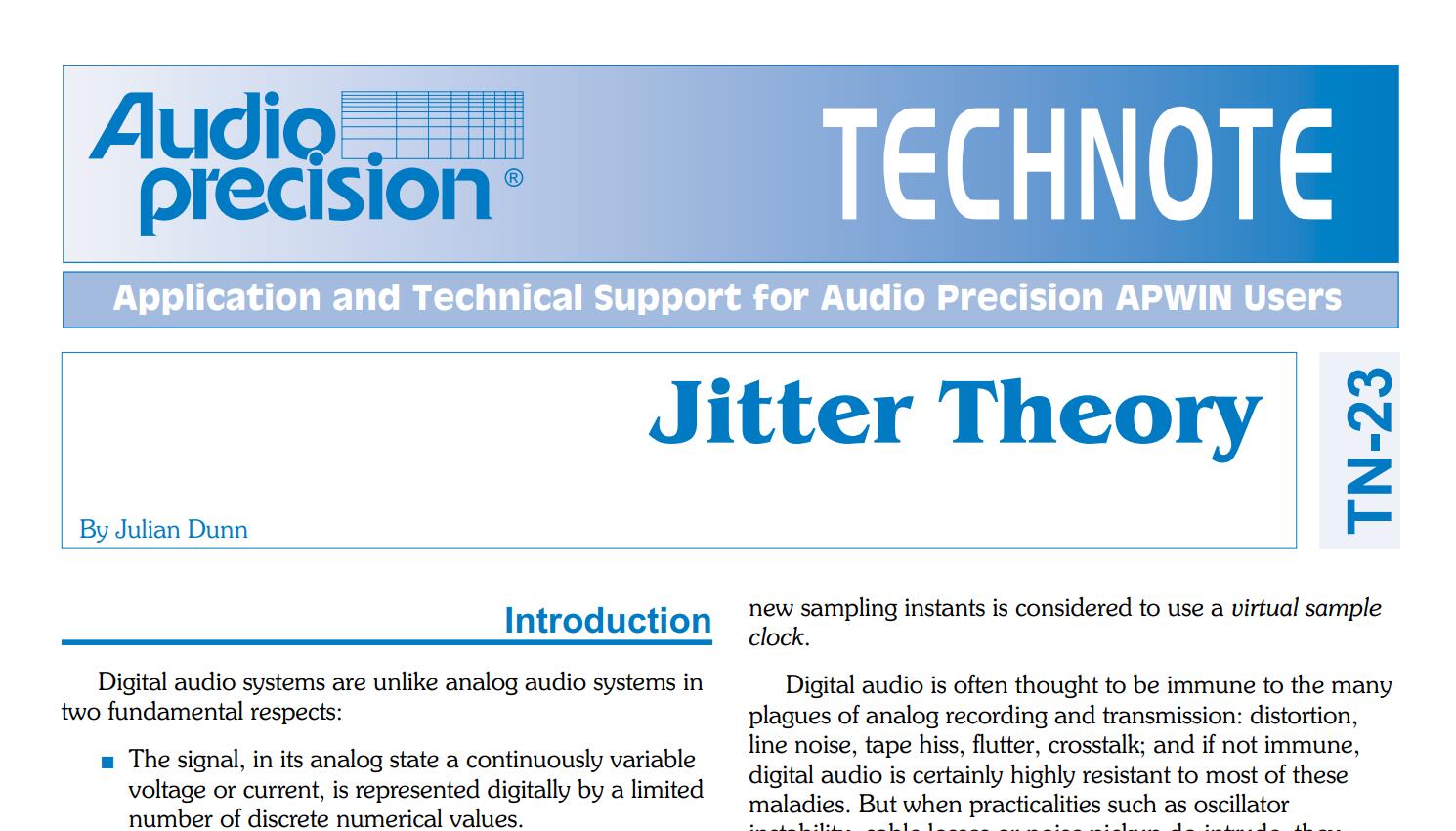copperhead viper
New member
- Joined
- Nov 16, 2022
- Messages
- 2
Hans basically says wiim is crap
5 out of 10 with the plus vs mini
Blames it on the .25 cent crystal clock
Is ok to the price
But in my 5k to 10k system I want more ! Enjoyment
Anyone compared the eversolo streamer /dac ?
I don't mind paying 895 for upgrading.
Just saying .. but is it ?
5 out of 10 with the plus vs mini
Blames it on the .25 cent crystal clock
Is ok to the price
But in my 5k to 10k system I want more ! Enjoyment
Anyone compared the eversolo streamer /dac ?
I don't mind paying 895 for upgrading.
Just saying .. but is it ?




